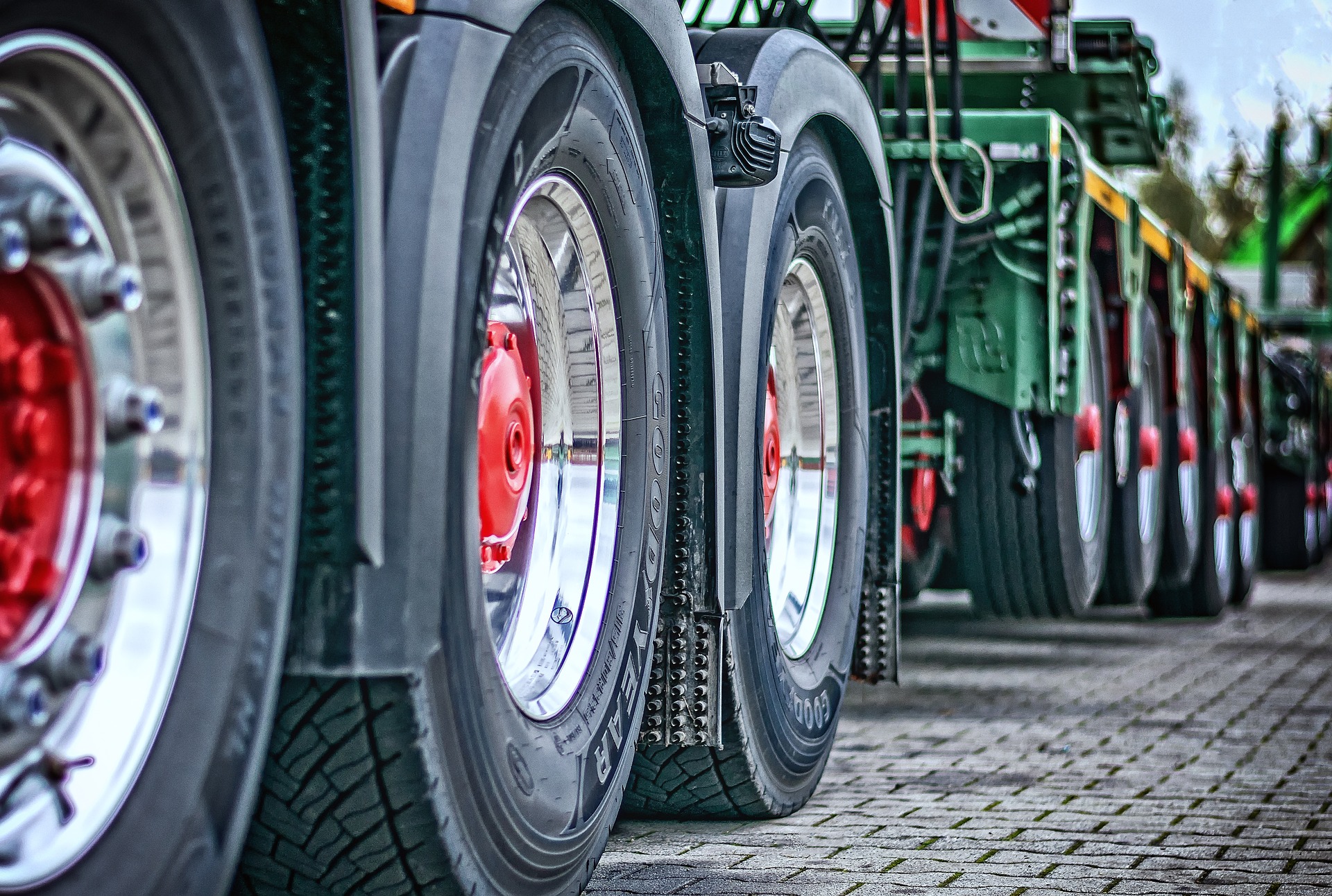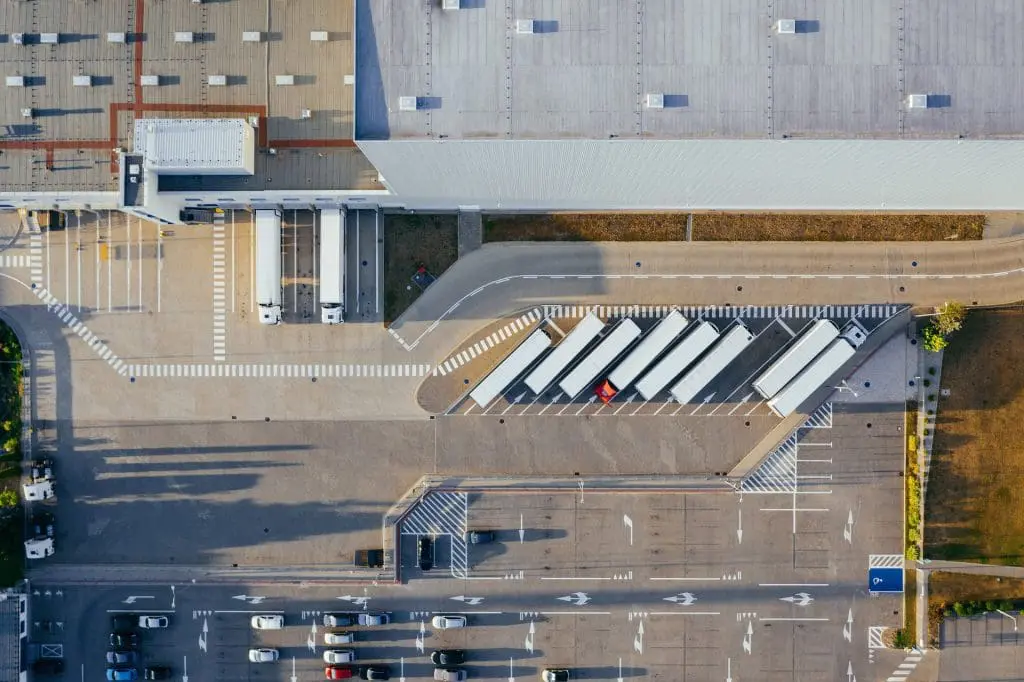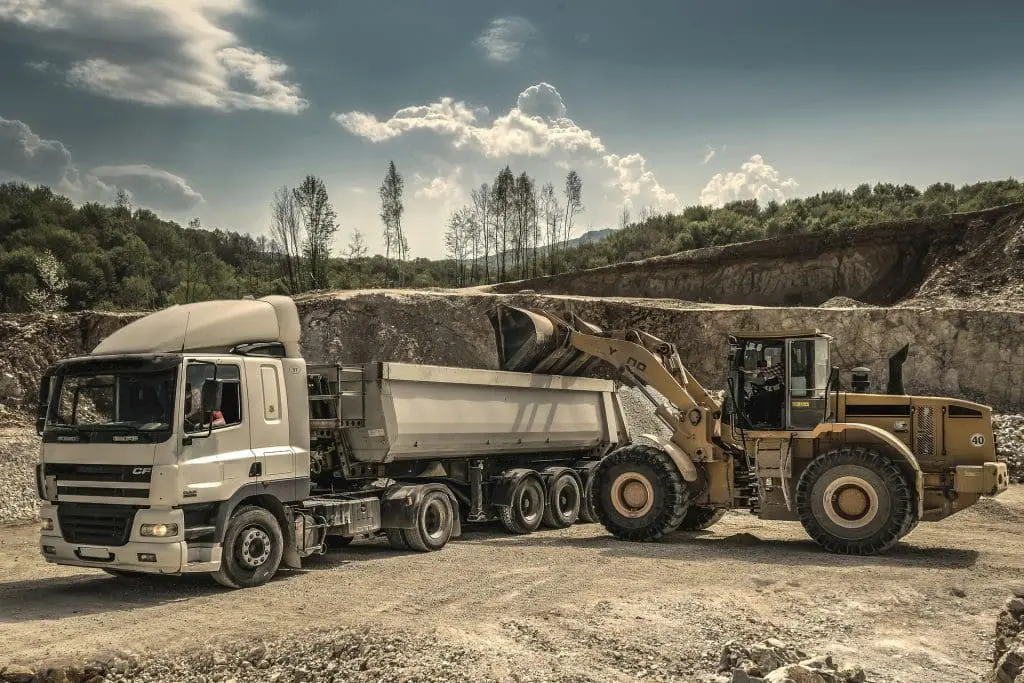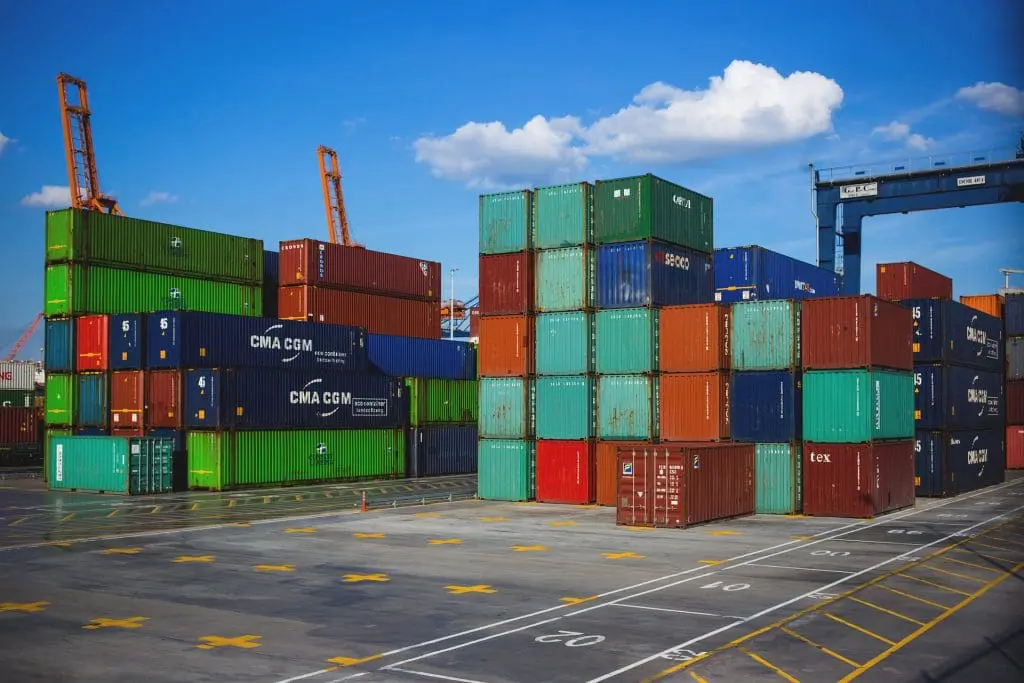The Difference Between Haulage And Freight

Haulage vs. Freight
Haulage and freight are both commonly used terms in the commercial transport industry, but what is the difference between them? Is there a variation between the two words, or are they interchangeable? Both haulage and freight are essential to the economy and society. In most cases, the two terms can be used interchangeably as a result of being ignorant of the difference. The information contained in this piece will guide you through the difference between Haulage and Freight.
What is haulage?
Haulage is “the business of moving things by road or railway,” according to the dictionary. The etymology of haulage derives from the late 16th-century verb hall – ‘pull or draw forcibly.’ Hall was a variant of the Middle English halen – ‘to drag, pull.’ The exact word haulage was first recorded in the early 19th-century to describe the ‘action of hauling.’
The definition has maintained its meaning throughout the history of haulage. Haulage still characterises the action of pulling today – but it refers to the pulling or hauling of goods and via larger and more powerful vehicles. UK haulage is simply the process of transporting goods and items through road and rail. Haulage service makes use of train, truck, tipper, trailer, van, lorry, bus, and motorcycles. It is the movement of commercial goods from one location to another, and it is done by rail or road. Businesses employ haulage services to move goods from the production centre to either a consumer or a distributor.
Haulage business and service can be employed to transport tangible items within a country. It is an effective way to convey goods like furniture, machines, equipment, home appliance, farm produce, and crude oil. Manufacturers and big companies need haulage service to convey their goods.
The Wikipedia page for haulage says, “haulage is the business of transporting goods by road or rail between suppliers and large consumer outlets, factories, warehouses, or depots. This includes everything humans might wish to move in bulk – from vegetables and other foodstuffs, to clothes, ore, coal, and other supplies.”
What Exactly do haulage companies do?
Businesses use haulage companies to transport goods, machinery, waste products and much more. Road haulage is responsible for transporting 98% of all food and agricultural products in Great Britain and 98% of all consumer products and machinery in the UK.
According to the Road Haulage Association, 2.5 million people work in the UK’s haulage industry, and the sector is Great Britain’s fifth-largest employer.

The Many Types Of Haulage
The haulage industry has at least nine types of haulage. Some are more common than others, but they are vital to the businesses that need things moved. Here is a quick breakdown of the various forms of haulage:
General haulage
General haulage is used by many industries to transport a large number of goods. General haulage companies can provide one vehicle or a whole fleet depending on the amount of cargo that needs moving. General haulage is commonly used for retail, healthcare, agriculture, building supplies and more.
Heavy haulage
Heavy haulage is a term used when transporting larger or heavier loads safely. Heavy haulage has various levels that are based on weight restrictions – impacting the vehicle’s speed limit. Heavy haulage is sometimes used to save money as an alternative to multiple smaller vehicle loads.
Plant haulage
Plant haulage covers the movement of plant machinery. Specialist vehicles are fitted with the necessary safety precautions – like winches – to securely accommodate heavy machinery and vehicles. Cranes, excavators and dumper trucks are all examples of machinery that could be moved via plant haulage.
Hazardous haulage
Hazardous haulage (ADR) includes the transport of hazardous substances such as gas, chemicals, explosives or fertilisers. Companies must have legal rights to ship dangerous goods while staff train to handle hazardous materials. Vehicles also need to be modified to carry dangerous goods.
Vehicle haulage
Carrying vehicles from one place to another, usually from a manufacturer to a sales showroom, is known as vehicle haulage.
Waste disposal haulage
Used to dispose of waste and recyclable materials under the European Waste Code. Waste disposal haulage companies can remove solid and liquid wastes.
Parcel delivery haulage
One most of us are familiar with, is the movement of parcels and packages in bulk. Parcel delivery haulage is essential for next-day or express delivery services and is vital to large international companies such as Amazon, Royal Mail, DPD etc.
Fragile load haulage
This is used to transport delicate or breakable goods. Glass, screens, tress and other expensive, perishable items are all moved by fragile load haulage. Companies will have professional equipment and fully-trained staff to ensure the safety of the cargo.
Abnormal load haulage
Any large loads that are not considered heavy, plant, vehicle or waste disposal haulage will be considered abnormal. You could expect to find a bridge section, wind turbine, or a crane to be moved by abnormal load haulage. These companies will have the required equipment such as HIAB vehicles and training to move these items.

So, What does freight mean?
The dictionary describes the meaning of freight (noun) as “goods transported in bulk by truck, train, ship, or aircraft.”
However, the first record of freight is from the obsolete Middle English verb fraught, from the early 13th-century – ‘a load, cargo, lading of a ship.’ The Middle Dutch and Middle Low German noun, vracht or vrecht from the 15th-century supports this definition – ‘transporting of goods and passengers by water.’
The meaning of freight hasn’t changed much over the centuries, apart from using new transportation methods. The birth of train, road, and air travel has created extra distribution networks, and goods can quickly reach their destination through multiple transport avenues.
In a nutshell, freight means the cargo or goods that move from one place to another via road, rail, sea or air.
What is freight transport?
A UK Government study that looked into ‘Understanding the UK Freight Transport System’ defines freight transport as “the carriage of goods between an origin and a destination for commercial reasons because goods available at one geographical location are required at another location for processing, sorting or consumption.”
Wikipedia reinforces the notion by determining that freight transport is “the physical process of transporting commodities and merchandise goods and cargo.” The terms shipping and logistics are both recognised to describe the freight transport process.
Large companies such as Highway Logistics use freight transport to forward goods over large distances – often internationally. Businesses benefit from freight’s multi-modal solutions such as shipping containers and wooden pallets, which enable cargo to be transported by multiple transport methods within one journey. A journey may start via road and then use sea or air to get to the destination as swiftly as possible.

Conclusion: what is the difference between haulage and freight?
You have probably worked it out already but haulage and freight are very similar words, although there are a few subtle differences between them. In the workplace, it probably comes down to terminology and what you are used to saying, but there are some technical distinctions.
Haulage uses road and railway to deliver goods from one place to another. On the other hand, freight uses the road, railway – plus ship and aircraft. Haulage and road freight are essentially the same things, and you could even argue that haulage falls under the freight bracket.
Shipping and logistics are also used interchangeably with haulage and freight – and we will talk about that in another Highway Logistics article.
The transport distance is another slight difference between the two terms. Haulage usually refers to cargo that moves nationally, and freight is generally recognised to describe the transportation process over greater distances and even across international country borders – hence the need for air travel.

4 Comments